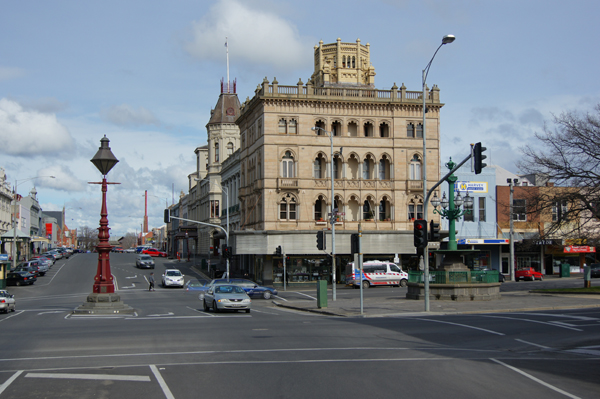Life in the cells
 Lydiard Street, Ballarat
Lydiard Street, BallaratYesterday I had to conduct some business in the country, dealings with a real estate agency that has been trading continuously in the same location since 1921. The building they occupy was built to house an earlier real estate agency in 1876. This means that I stepped into a building where real property assets had been traded for more than 134 years, dating back to the early years of the colony of Victoria in southern Australia. The staff who work inside this building do so in the most extraordinary of settings, the private office.
I know that this is apparently still reasonably common, but I was still surprised by my reaction. Stepping into a small room containing a desk, a filing cabinet and three chairs - only large enough for a single worker - seemed eccentric at best, and perversely isolating at worst. The room had a door that I sincerely hope is seldom shut, as the cell was not equipped with a window.
Of course, having no window in a room is an undesirable thing, but the truly remarkable part was the social dynamic of doing business in such a room. It was all a bit off-balance somehow, as if there might be something vaguely illicit or inappropriate about being cloistered away from other people. I sat opposite the agent, and this seemed to be alright until a third person entered the room behind me, stepping in momentarily to meet me. There was barely enough room to move, and we shuffled around in about one square metre, right on the threshold, discussing the weather and the drive up from Melbourne. As you do.
It was all vaguely comical, but I didn't feel like laughing.
Architects who work in offices generally occupy open plan studios, and so does much of the office-working world by now. To my eye, window or not, it all seemed very strange, and tradition aside I am glad I have not been sentenced to life in a private office.